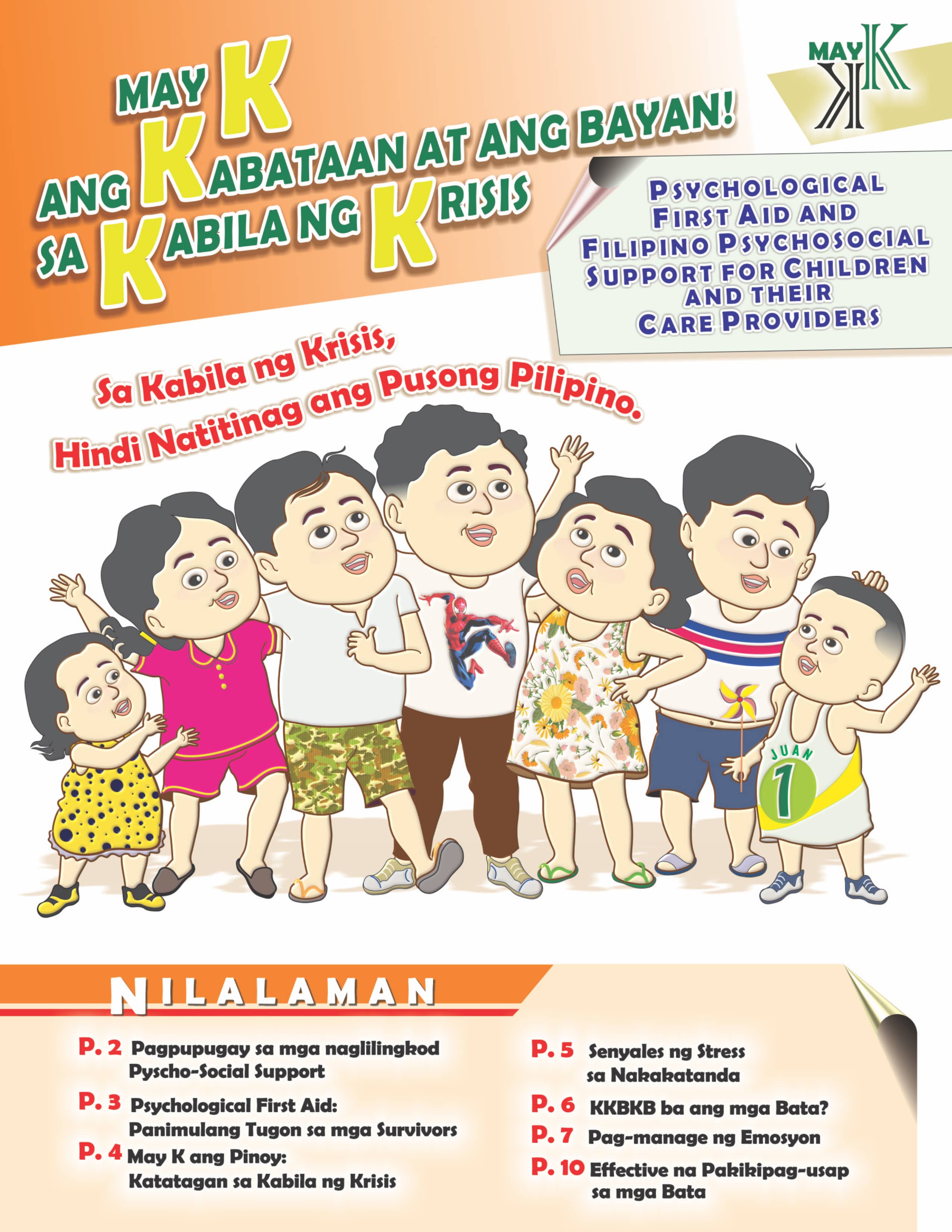The town of Damulog is situated in the hinterland boundaries of North Cotabato and Bukidnon. It is the only municipality in Bukidnon where five barangays were abandoned by their residents to seek refuge in evacuation centers at the height of the government offensives against suspected rebels and criminal groups last year. The villagers returned to their communities five months later, following the truce declared by the military forces and the Moro Islamic Liberation Front in July 2003.
Many households were forced to leave the villages of Angga-an (235 households), Tangkulan (215 households), Lagandang (329 households), San Isidro (120 households) and Omonay (303 households). In the aftermath of the armed conflict, many of their houses have been destroyed and their farms were laid to waste.
The people started to work for the rehabilitation of their communities. But they needed help. Relief support came from the Philippine Development Assistance Program (PDAP) which provided food supplies as the villagers tried to recover from their traumatic experience and social distress. To enhance their coping capabilities, PDAP asked BALAY to train para-counselors on psychosocial intervention on August 4-8, 2003. BALAY also provided another training on participatory rapid appraisal and community planning, and a seminar on peace and development on August 18-22. The local government of Damulog offered its training facilities to demonstrate its support.
More than 35 participants from the five conflict-affected barangays and officials from the municipal line agencies formed the pool of trainers and facilitators for the next round of activity, which was the Barangay Rehabilitation Planning through Participatory Resource Appraisal (PRA).
From August 27 to September 5, BALAY worked with community-partners and members of Barangay Development Councils in five villages in doing damage, needs and capacities assessments. The team spent two days in each baranggay to do transect walk, historical transect, and community mapping focus group discussions. In many instances, the team had to negotiate muddy and uphill terrain for six hours to get the information that they need. They collated the data they gathered and used them in making Comprehensive Barangay Rehabiltation Plans (CBRP) with a timeframe of six months to one year to implement.
The CBRP identified the most urgent needs of these victims as seeds, farm animals, tools and equipment needed to start their planting activities. Other needs identified were materials for house repairs and construction as a number of houses were either burned or simply deteriorated when left unattended for more than 5 months.
The stakeholders had determined that they need to work for the improvement of the peace and order situation in their communities so that their developmental efforts will not be hampered by conflicts. They recommended that peace dialogue be conducted between and among the various peoples that share their communities, namely the Moros, the settlers, and the indigenous peoples.
BALAY and the community-members turned over the consolidated rehabilitation plans to PDAP and the municipal government of Damulog for support. PDAP initially provided a carabao to each of the five barangays. The Department of Agiculture (DA) also committed to provide palay seeds while the Department of Social Work and Development (DSWD) took the lead in the construction of core shelters to replace the damaged houses. Other infrastructures such as road and bridge repairs, electrification and others were also considered for referrals to other government agencies concerned.






















